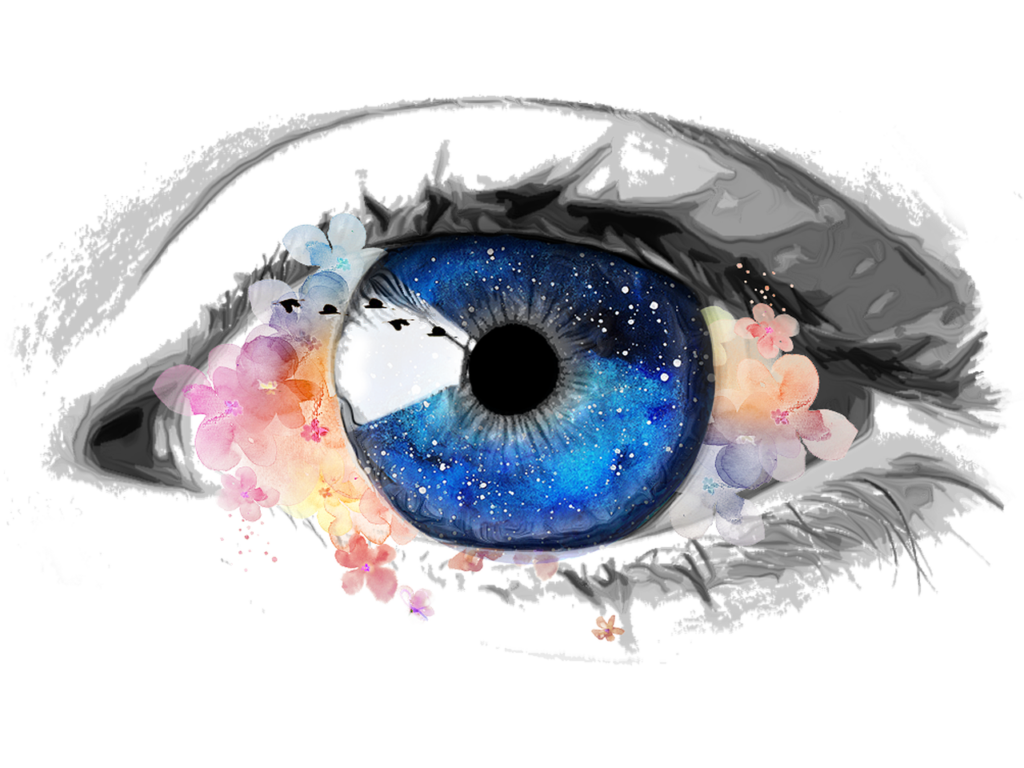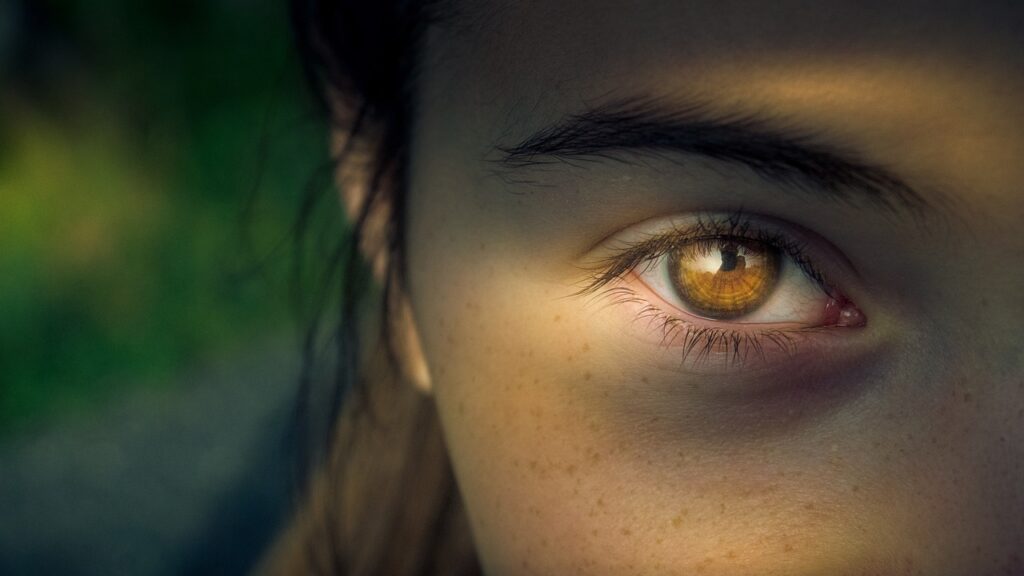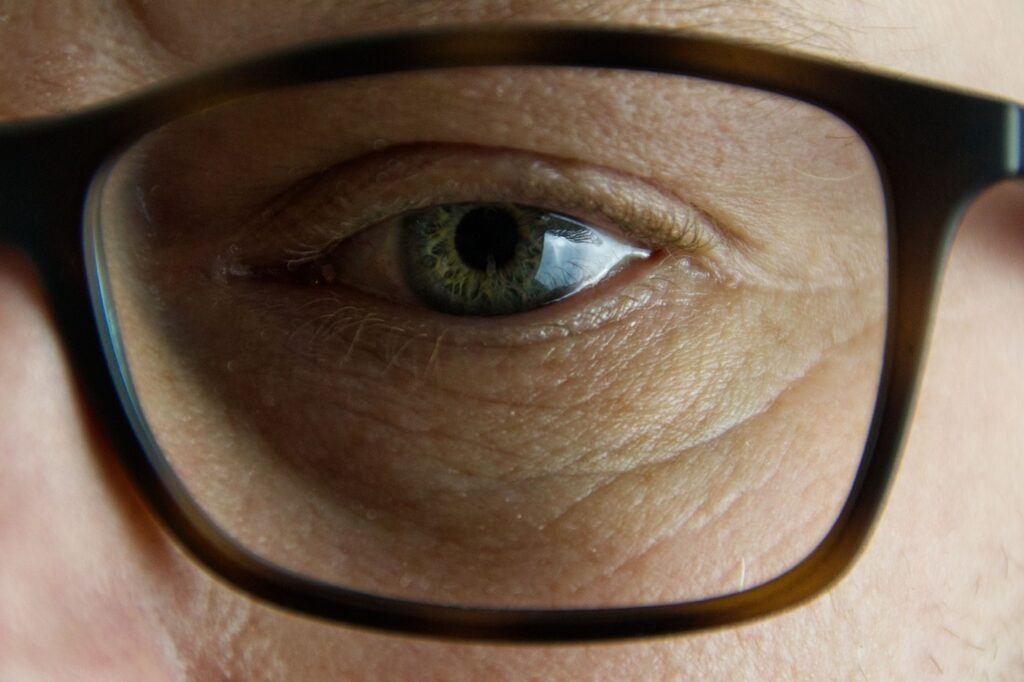Pterygium (pronounced “te-RIJ-ee-um”) is a condition characterized by a fleshy, wedge-shaped growth on the white part of the eye (conjunctiva) that can extend onto the cornea. This growth can lead to various eye complications.

The Stages of Pterygium
Pterygium typically progresses through several stages:
1. Stage 1: The growth starts on the nasal side of the eye with no noticeable symptoms.
2. Stage 2: The pterygium becomes more visible, causing mild irritation, redness, or a foreign body sensation.
3. Stage 3: The growth extends onto the cornea, potentially affecting vision.
4. Stage 4: The pterygium significantly interferes with vision and requires immediate attention.
The Causes and Risk Factors of Pterygium
– Chronic eye irritation from wind, dust, or sand.
– Genetic predisposition.
– Dry eye syndrome.
– Occupations involving outdoor work or exposure to environmental irritants.
The Signs and Symptoms of Pterygium
– A gritty or foreign body sensation.
– Blurred or distorted vision in advanced stages.
– Itchy or burning eyes.
– Frequent tearing or watering of the eyes.
Investigations of Pterygium
If pterygium is suspected, an eye specialist may conduct several investigations:
– Slit-lamp examination: To closely examine the pterygium.
– Visual acuity tests: To assess vision impact.
– Topography: To map the cornea’s shape.
– Corneal pachymetry: To measure corneal thickness.
Differential Diagnosis for Pterygium
– Conjunctivitis: Redness and discomfort without the characteristic tissue growth.
– Corneal dystrophy: Vision-affecting conditions without fleshy growth.
– Foreign body: Debris causing similar symptoms.
General Management of Pterygium
Treatment varies based on severity and impact on vision:
– Artificial tears: To relieve dryness and discomfort.
– Sunglasses: To protect against UV damage.
– Eye protection: In outdoor or dusty environments.
– Surgical removal: For advanced cases impairing vision.
The Role of Homeopathy in Treating Pterygium
– Argentum Nitricum: For blurred vision and photophobia.
– Arsenicum Album: For external inflammation and extreme pain.
– Euphrasia Officinalis: For burning and swelling of the eyelids.
– Silicea: For cases extending onto the cornea.
– Calcarea Carbonica: For reducing growth in chilly, overweight individuals.
– Aconite: For acute inflammation and redness.
Important Considerations
– Consult a Practitioner: Personalized assessment and treatment are essential.
– Complementary Approach: Homeopathy can be used alongside conventional treatments.
– Patience: Remedies may take time to show results; follow practitioner guidance.

In Conclusion
Pterygium is a common eye condition with various causes and risk factors. Early recognition and treatment are crucial to prevent progression. Homeopathy, with its individualized approach, may offer relief and help prevent further growth. However, always consult a qualified practitioner for personalized advice.
Reach out to us for a Consultation
For any queries, reach out to us at contact@homeopathic.ai
This blog is for information purposes. It’s crucial to note that while homeopathy is a centuries-old practice with many adherents worldwide, always consult a qualified homeopath or medical professional before initiating any treatment.





